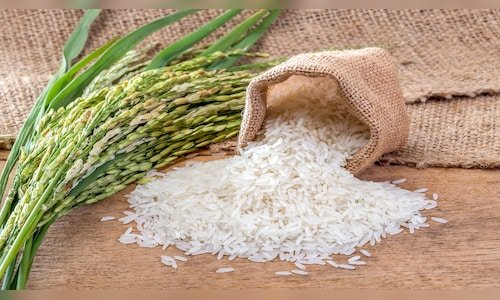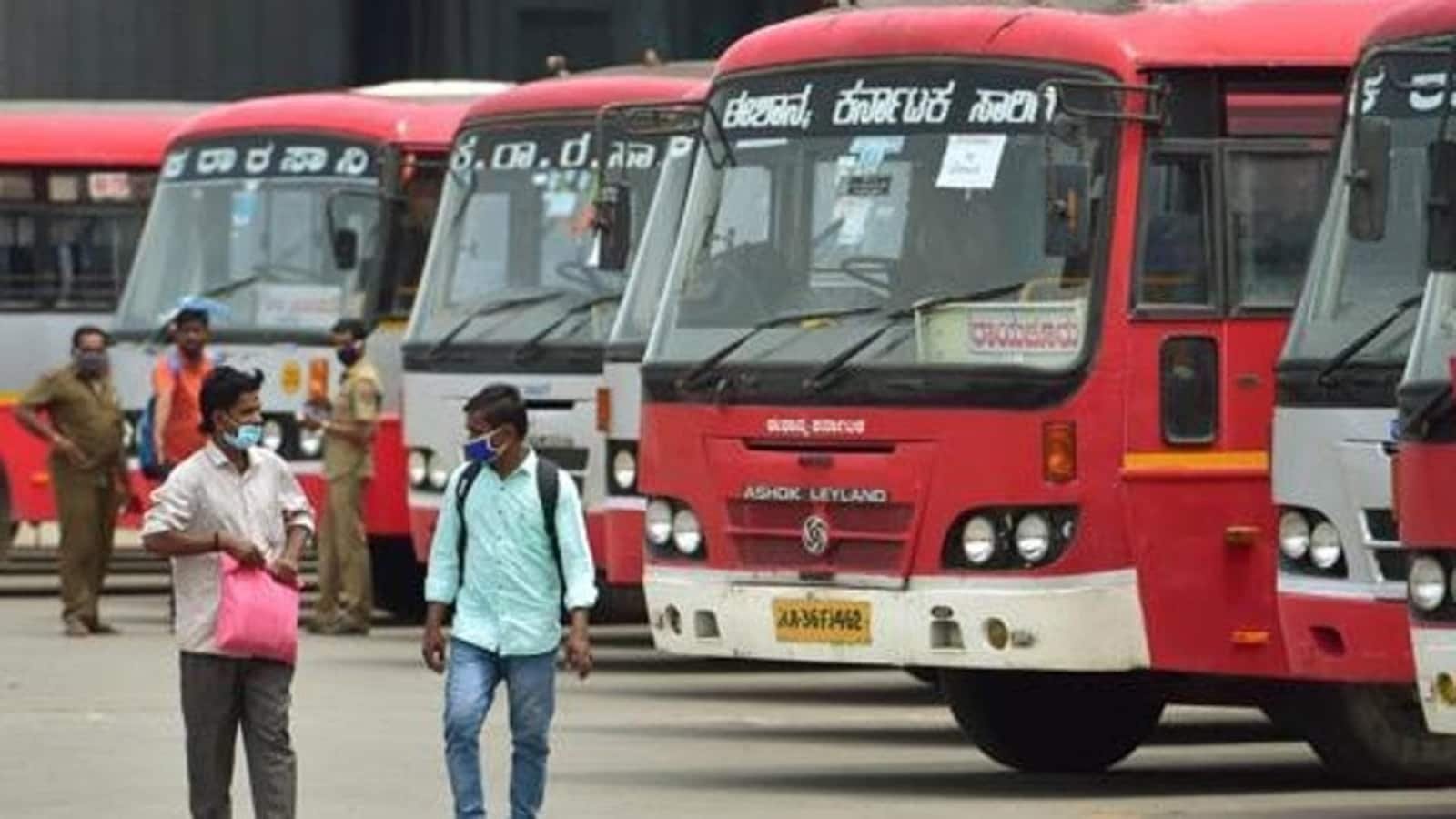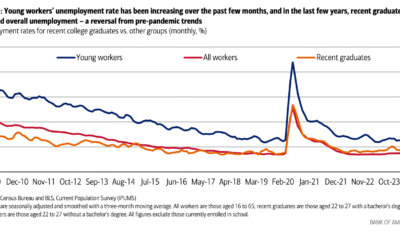Travel Guides & Articles
International travel from India no longer just a metro story: Atlys

Ask anyone about their favourite part of planning an international holiday, and the visa application process is unlikely to be at the top of their list. This aspect is often associated more with stress than with joy, presenting a maze of paperwork, waiting periods, and uncertainty.
However, Santosh Hegde, head of marketing at Atlys—one of the country’s leading visa processing platforms—has observed a shift in how Indians approach this essential step in travel planning. In a conversation with afaqs!, he shares insights into their changing preferred destinations, evolving travel habits, and even the seasons they now favour for travel.
This shift reflects not just an increase in numbers but also a transformation in who is travelling, where they are going, and how they are organising their journeys.
Meet India’s new-age globetrotters: metro-savvy, tier-2 curious, and DIYers
If you thought foreign travel from India was all about big-city boardrooms and family summer breaks, think again. According to Hegde, the post-pandemic traveller is younger, bolder, and far more experimental.
“Millennials still make up our largest chunk – around half of our customers – but Gen Z is right behind them at 38%. They’re shaping how and where Indians travel,” he says.
The split between metros and smaller cities is revealing. Bengaluru, Delhi, and Mumbai remain the top three outbound hubs, but there has also been an increase of 5x in applications from tier 2 cities such as Mohali, Surat, and Lucknow. “We’re seeing a wave of first-time international travellers from Tier 2 markets,” Hegde notes.
The DIY travel wave
One of the most notable shifts, Hegde says, is the rise of “DIY travellers”. Atlys defines its core audience as DIY voyagers – travellers who want to plan their entire trip end-to-end.
Typically in their mid-20s and a few years into their careers, they’ve likely tested the waters with visa-free countries like Thailand before venturing into more complex destinations.
This group spans meticulous “hyper planners” and spontaneous “last-minute livers”, but the common thread is control: booking everything themselves, skipping agents, and finding joy in the process. “That’s the traveller we’re after,” Hegde says, “someone who wants the entire experience to be theirs, start to finish.”
India’s new boarding trends
While the US remains a dream destination for many Indians, bolstered by family ties and its vast, varied landscapes, there’s a growing appetite for newer spots.
South Africa, for instance, saw a 22x spike in interest during Atlys’ recent sale, driven by its wildlife parks and relatively untapped appeal. Georgia has quietly become a hit, while close-to-home favourites such as Vietnam and Indonesia continue to benefit from quick flights and long weekends.Australia and the UAE also hold steady in the mix.
“Social media has played a huge role in this shift. People are discovering places they wouldn’t have even thought of ten years ago,” Hegde notes.
Seasons are no longer the boss
For decades, Indian international travel followed a predictable calendar: April to June for summer breaks and November–December for year-end getaways. Hegde asserts that this rhythm has undergone disruption.
Post-Covid, travel demand is more evenly spread through the year, thanks to the rise of “shoulder season” trips, when airfares and stays are cheaper and crowds thinner.
“The weather may not be perfect, but it’s far from bad, and people see that as a fair trade-off,” he notes. Add to that the rise of slow travel, where the goal is to soak in a place rather than race through tourist checklists, and you get a picture of a more deliberate, experience-driven traveller.
Shifting gears in the travel marketing game
Hegde says that Atlys’ media strategy now rests on three pillars: awareness, assurance, and authority, each with its own budget and channel mix.
Awareness, which claims about 50% of the spend, focuses on telling potential travellers about Atlys’ on-time visa guarantee through YouTube (35–40% of the awareness budget), Meta, and print (10–15%).
Assurance, which accounts for 20% of the budget, relies on travel influencers—a fitting choice in a sector where social media content has driven significant growth—to establish trust in a process that necessitates customers handing over their passports.
The final 30% is channelled into authority-building, anchored by an in-house content team of creators, copywriters, designers, and editors producing advice-led posts, destination tips, and community discussions across Instagram, YouTube, and LinkedIn.
Breaking the visa barrier: Atlys’ Rs 1 travel gambit
With its cheekily named ‘One Way Out’ sale, Atlys captured the attention of the travel industry by offering visas to popular destinations such as the UK, UAE, and Australia for just Rs 1. However, this initiative was more than merely a promotional gimmick.
Hegde says the campaign was designed to strip away both the monetary and psychological barriers that make visas feel like a roadblock for Indian travellers, especially Gen Z and millennials.
Covering destinations that account for 92% of India’s international travel, the sale saw a 6x spike in new users and flooded Atlys’ funnel with first-time applicants, many of whom, thanks to the brand’s retention rates, are expected to return.
Atlys vs traditional visa solutions
Atlys views visas as the initial step in a traveller’s journey — a gateway that uncovers intent, fosters trust, and identifies challenges in trip planning. Unlike traditional facilitators such as VFS or travel agents, which mainly provide the infrastructure for visa submissions, Atlys aims to transform the experience by tackling common pain points.
The platform offers price transparency, real-time tracking, and clear status updates, turning what was once an opaque, stressful process into one marked by consumer assurance and control.
Travel insurance, already part of Atlys’s offerings, sees a strong attach rate, but the primary focus remains on streamlining the underserved visa market.
Travel Guides & Articles
India eyes bigger slice of Philippines’ $2.5 billion rice market with export push

The Philippines has emerged as a critical market for India’s agricultural exports. In 2024, Manila imported farm goods worth nearly $20 billion, including semi-milled rice, wheat and meslin, oilcake, food preparations and palm oil. India’s shipments to the country stood at $413 million, making up just 2% of the Philippines’ total agricultural imports.
Key Indian exports to the Philippines included beef, groundnut, rice and tobacco. Despite being the world’s largest exporter of rice, with overseas sales worth $11.83 billion in 2024-25, India’s rice exports to the Philippines were valued at only $48.91 million during the same period.
“Philippines is the largest importer of rice in the world, with imports in 2024 valued at $2.52 billion. However, there is significant opportunity to expand India’s rice exports in the Philippines as, despite India being the world’s largest rice exporter, India’s rice exports were only $48.91 million to the Philippines in the same period,” the official noted, calling it an untapped opportunity.
To bridge this gap, the commerce ministry is facilitating a delegation of rice exporters, along with those dealing in other potential products such as onions, potatoes, groundnut and meat, to travel to the Philippines in early September. The initiative is expected to strengthen trade linkages and help Indian exporters establish a stronger foothold in the region.
The engagement is set to continue later in the year, with a team of Philippine food importers due to participate in World Food India, scheduled for September 25-28 . They will take part in the International Rice Conference on October 30-31, 2025, billed as the first large-scale trade fair of its kind for the rice sector.
India is also witnessing a surge in agricultural exports to the Commonwealth of Independent States (CIS). Exports to the bloc rose from $480 million in 2023-24 to $628 million in 2024-25, driven largely by stronger trade ties with Russia.
The Agricultural and Processed Food Products Export Development Authority has played an active role in the growth of India agriculture exports by showcasing Indian produce at international trade events such as World Food Moscow. According to officials, such platforms have been vital in boosting visibility, forging new business partnerships and consolidating India’s presence in the CIS market.
Travel Guides & Articles
KSRTC adds 90 extra buses for Onam festivities between Bengaluru, Kerala: Report | Bengaluru

Published on: Aug 31, 2025 02:47 pm IST
The KSRTC will deploy 90 additional buses from September 2 to 4 to accommodate Onam travellers between Bengaluru and Kerala.
Travel Guides & Articles
Chennai witnesses cloudburst, heavy rainfall disrupts air travel

What’s the story
Chennai‘s Manali area witnessed a cloudburst on Saturday night, leading to heavy rainfall.
The Indian Meteorological Department (IMD) recorded 10.6cm of rain from 10:00pm to 11:00pm and another 12.6cm from 11:00pm to midnight on August 30, 2025.
Wimco Nagar received the highest rainfall of 15.7cm during the hour from 11:00pm to midnight on August 30, followed by Korattur with 13.7cm and New Manali Town with 10.3cm during the same period.
Manali receives 27cm of rain
The IMD recorded over 100mm of rainfall in several parts of Chennai.
Manali received 27cm of rain while New Manali Town and Wimco Nagar received 26cm and 23cm, respectively, during a 24-hour period ending at 8:30am on Sunday.
Other areas such as Kathivakkam (13.6cm), Tiruvottiyur (12.6cm), and Ayapakkam (12.1cm) also witnessed heavy rainfall during this period.
Heavy rainfall affects air travel
The heavy rainfall in Chennai also affected air travel. Three flights from Frankfurt, Mangaluru, and New Delhi were diverted to Bengaluru as they couldn’t land at the city airport due to the weather conditions.
However, once the weather cleared up in Chennai, passengers were flown back from Bengaluru by different flights.
Weather forecast for Tamil Nadu
The Regional Meteorological Centre has forecasted light to moderate rain in isolated places over Tamil Nadu, Puducherry, and Karaikal in the next 24 hours.
Strong winds with speeds of 40-50km/h are also likely over these areas.
This weather update comes after a similar pattern was observed on August 23 when several districts, including Chennai, received moderate to heavy overnight rains.
-
Tools & Platforms3 weeks ago
Building Trust in Military AI Starts with Opening the Black Box – War on the Rocks
-

 Ethics & Policy1 month ago
Ethics & Policy1 month agoSDAIA Supports Saudi Arabia’s Leadership in Shaping Global AI Ethics, Policy, and Research – وكالة الأنباء السعودية
-

 Business2 days ago
Business2 days agoThe Guardian view on Trump and the Fed: independence is no substitute for accountability | Editorial
-

 Events & Conferences3 months ago
Events & Conferences3 months agoJourney to 1000 models: Scaling Instagram’s recommendation system
-

 Jobs & Careers2 months ago
Jobs & Careers2 months agoMumbai-based Perplexity Alternative Has 60k+ Users Without Funding
-

 Funding & Business2 months ago
Funding & Business2 months agoKayak and Expedia race to build AI travel agents that turn social posts into itineraries
-

 Education2 months ago
Education2 months agoVEX Robotics launches AI-powered classroom robotics system
-

 Podcasts & Talks2 months ago
Podcasts & Talks2 months agoHappy 4th of July! 🎆 Made with Veo 3 in Gemini
-

 Podcasts & Talks2 months ago
Podcasts & Talks2 months agoOpenAI 🤝 @teamganassi
-

 Jobs & Careers2 months ago
Jobs & Careers2 months agoAstrophel Aerospace Raises ₹6.84 Crore to Build Reusable Launch Vehicle





















